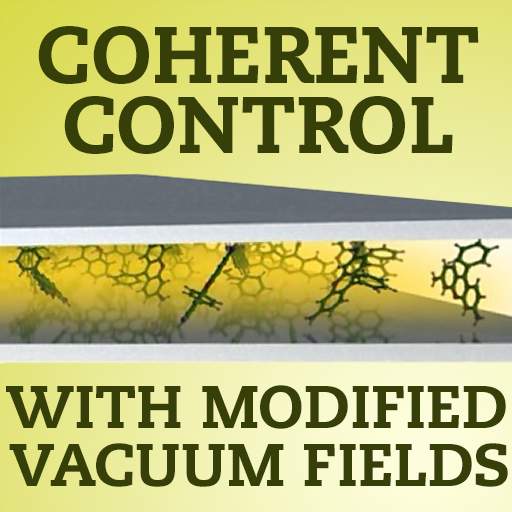Polaritons are hybrid light-matter states with unusual properties that arise from strong interactions between a molecular ensemble and the confined electromagnetic field of an optical cavity. Cavity-coupled molecules can demonstrate energetics, reactivity, and photophysics dramatically distinct from their free-space counterparts, but the mechanisms and scope of these phenomena remain open...
Polaritonics has demonstrated remarkable capabilities, including the non-intrusive control over chemical reactivity and solvation dynamics.
Our understanding of the underlying microscopic mechanism is limited, at best, largely caused by a lack of predictive theory that is able to connect to experimental observables. Here, I will present our recent attempts in overcoming this challenge using...
In this poster I present two topics:
(1) A theoretical framework is presented for the computation of rovibrational polaritonic states of a molecule in a lossless infrared (IR) microcavity.
In the proposed approach the quantum treatment of the rotational and vibrational motion of the molecule can be formulated using arbitrary approximations. The cavity-induced changes in electronic...
Strong light-matter coupling generates hybrid states that inherit properties of both light and matter, effectively allowing the modification of the molecular potential energy landscape. This phenomenon opens a plethora of options for manipulating the properties of molecules, with a broad range of applications in physics, chemistry, and materials science. In this presentation, I will focus on...
Strong coupling between photoactive molecules and confined light modes results in the formation of hybrid light-matter states, polaritons, with energies above and below the original states of the molecule and cavity. This has been shown to alter the photochemistry of the molecules [1], but the details of this effect remains largely unknown. In a typical Fabry-Pérot cavity strong coupling is...
Placing organic molecules in an optical cavity holds a great promise for the improvement of excitation energy transfer in such molecules due to the hybrid nature of the emerging light-matter quasiparticles, called polaritons. Recently, it was envisaged that a large static disorder of molecular excitation energies could benefit the transport of polaritons even further, leading to the so-called...

